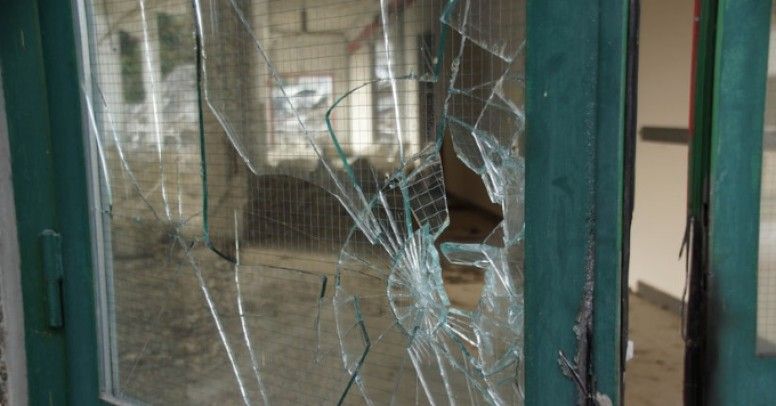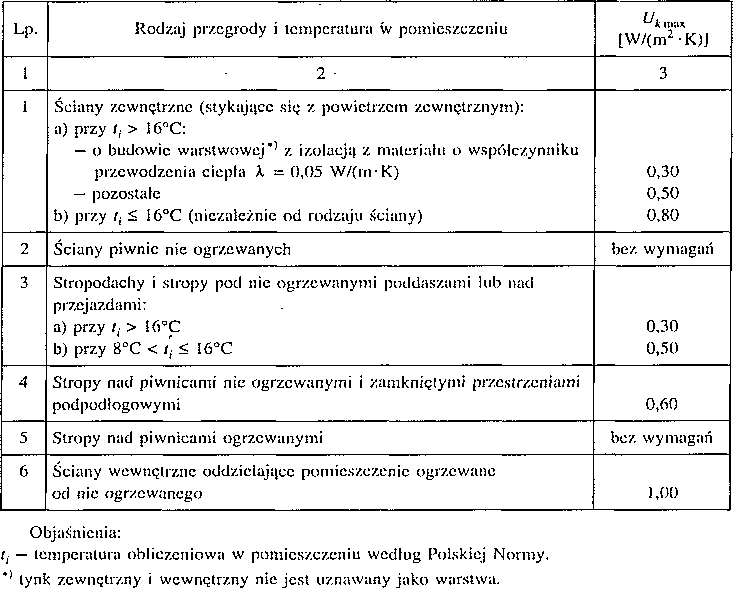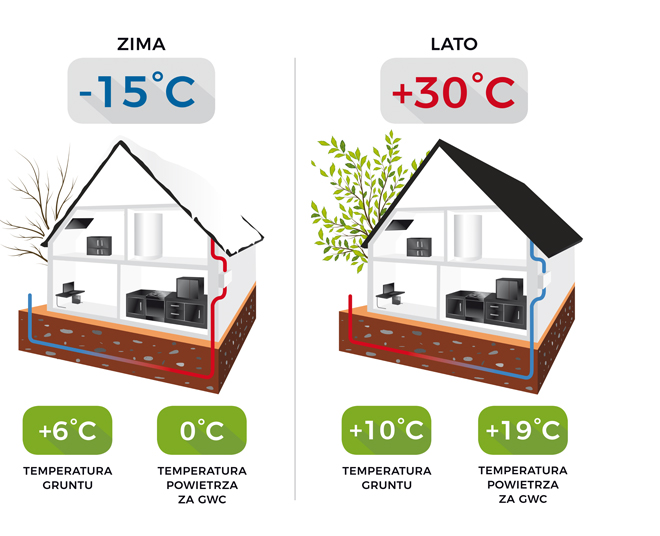Jakie okna do domu pasywnego – podstawowe pojęcia.
Każdy budujący dom stawia sobie w pewnym momencie pytanie – jakie okna do domu pasywnego lub energooszczędnego będą odpowiednie?
Pytanie jest ważne, gdyż okna są jednym z najsłabszych elementów domu niskoenergetycznego. Żeby wybrać potrzebujemy najpierw znać podstawowe pojęcia:
1. współczynnik przenikania ciepła okna czyli Uw. Im niższy tym lepiej (dla domów pasywnych polecany mniej niż 0,8), ale pamiętajmy, że:
a) Uw dotyczy całego okna a więc i szyby i ram (profili). Często sprzedawcy podają wartość przenikalności cieplnej dla pakietu szybowego, która prawie zawsze będzie niższa od wartości przenikalności cieplnej profilu. Ponieważ każde okno ma inne proporcje szyby i ramy, Uw dla każdego okna będzie inne. Dobrze jest znać także osobno Uw szyby i Uw profilu.
b) Nie możemy niestety sprawdzić prawdziwości danych podawanych przez producentów okien. Nie jest rzadka sytuacja, gdy okno zbudowane z tego samego profilu i pakietu szybowego w dwóch różnych firmach ma inne Uw, wszystko jest kwestią badania – jedna polska firma (przemilczę która) „badała” swoje okna w instytucie w Czechach, gdzie uzyskiwała zdumiewająco dobre wyniki biorąc pod uwagę składniki użyte do produkcji okien. Proszę zauważyć, że liczących się producentów profili okiennych jest kilkanaście, a producentów okien w Polsce – kilkaset jeśli nie więcej. Znając profil bazowy możemy sami sprawdzić u producenta jego parametry – ryzyko przekłamania jest wtedy mniejsze.
2. współczynnik przenikalności energii (współczynnik g) podaje ile padającej na powierzchnię energii słonecznej przenika przez szkło do wnętrza domu. Tutaj odwrotnie – im wyższy – tym lepiej. W tradycyjnych technologiach wraz z obniżaniem Uw obniża nam się też współczynnik g, co powoduje mniejsze zyski z energii słonecznej. Dlatego do domów pasywnych są produkowane specjalne okna, które przy niskim Uw oferują wysokie wartości współczynnika g. Niestety są one cały czas dość drogie. Zamontowanie takich okien ma oczywiście sens tylko od strony południowej lub odchylonej od południa o niewielki kąt.
Jedna uwaga -sprzedawcy lubią mówić o pakietach trój czy nawet czteroszybowych, prześcigają się w ilości komór w profilu (w rzeczywistości często różnica pomiędzy profilem sześcio a np. ośmiokomorowym jest praktycznie żadna). To jest tylko marketing sprzedażowy, nie przejmujemy się tym i przede wszystkim patrzymy na powyższe parametry.
Uwaga! Kupowanie okien o najbardziej wyśrubowanych parametrach często jest jednak nieopłacalne.
Przykład:
Mamy dwa warianty okien – jedne o średnim Uw = 0,9 i drugi o Uw = 0,7. Druga opcja kosztuje przykładowo 4 tysiące zł więcej i pozwoli nam na oszczędności rzędu 100 zł rocznie – koszt zwrotu takiej inwestycji to teoretycznie 40 lat . Zawsze więc warto to sobie wszystko przeliczyć w przypadku swojego domu i swojego źródła ogrzewania. W Internecie jest wiele takich kalkulatorów (np. na stronie producentów), a jeśli nie mamy głowy aby samemu to policzyć – poprośmy sprzedawcę. Będzie to co prawda wyliczenie przybliżone, ale zawsze da nam jakiś pogląd na sprawę.
Jeśli zależy nam na dokładnych wyliczeniach (uwzględniających nasz konkretny projekt domu i jego usytuowanie) – skorzystajmy z programów OZC (ale to już dla prawdziwych zapaleńców, albo zamówmy sobie taką usługę – przyda się także do podejmowania innych decyzji budowlanych (np. grubości ocieplenia)
Na koniec – rada: nie spędzajcie tygodni na szukanie najlepszych okien – połowę z tego czasu przeznaczcie na szukanie ekipy, która je wam prawidłowo zamontuje. Nieodpowiedni lub niedokładny montaż sprawi, że cały wysiłek finansowy włożony w zakup dobrych okien pójdzie na marne.
O montażu w innych artykułach też napiszę.









